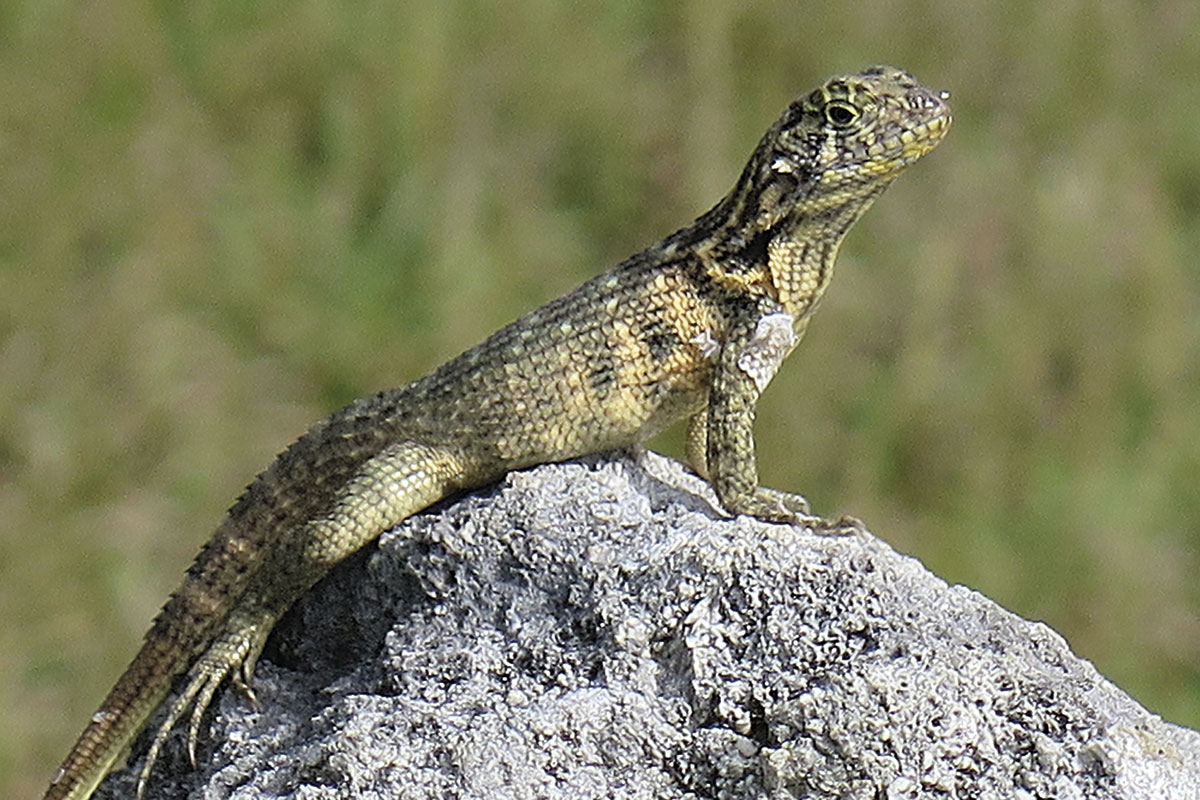
How many times have we asked these questions to our children, partners, friends, or work colleagues? People immediately detect changes in the behaviour of others which we associate with illness: a loss of appetite, lack of energy, apathy, drowsiness, changes in sensitivity to temperature or pain, social isolation, etc. These sickness behaviours are far from being exclusive to humans; they have been found in virtually all animals in which they have been studied. For a long time, we thought that they were produced directly by the action of parasites (any organism or infectious agent living at the expense of another), and that they had no function, but we now know that they are part of the sick person’s (the host’s) response to the infection. This is not to say that parasites cannot directly influence host behaviour. In fact, some are capable of manipulating their nervous systems and altering their behaviour to the point of «suicidal» behaviour (e.g., by making them unafraid of predators, thus increasing the parasite’s chances of infecting new hosts and completing its life cycle). A topical example is the ability of SARS-CoV-2 to impair the host’s perception of pain, which reduces the sickness behaviours and promotes the spread of the virus.
Separating parasite-induced responses from those elicited by the host to defend itself is not easy, especially considering that the parasite can indirectly generate behavioural changes by activating the host’s immune system. Experimentally, attempts have been made to separate the different responses by injecting animals with inactivated microbes (as in classical vaccines) or proinflammatory substances. These studies have shown that sickness behaviours shared by most vertebrates, such as the ones listed at the beginning of the article, are triggered as part of the innate immune response and are regulated by the hypothalamus. Some are also adaptive, because they increase the survival capacity of the patient. In this regard, studies on behavioural fever in many ectothermic animals are very interesting. Most fish and reptiles do not maintain a constant temperature by generating heat with their metabolism (as mammals and birds do), but regulate it with their behaviour, by actively choosing their location within the thermal variation of the habitat or the time of exposure to external heat sources (such as solar radiation). In these species, a real or simulated infection by researchers generates a behavioural fever: animals spend more time in the sun or in warmer water, which causes their body temperature to rise by 2–3°C, thereby decreasing viral load in the case of virus infection and increasing survival rates. The physiological mechanism is similar to the one that induces physiological fever in mammals and birds: changes in the gene expression and activity of hypothalamic neurons, which serve as the body’s «thermostat», induced by prostaglandins and, indirectly, by cytokines.
«Sickness behaviours are far from being exclusive to humans; they have been found in virtually all animals in which they have been studied»
Recently, it has been suggested that some sickness behaviours, such as social isolation and apathy, may have evolved to protect relatives from the infectious agent (by kin selection), but the data from experiments conducted to test this hypothesis are unclear. Comparative studies do not support this hypothesis either, since these behaviours are present in both social and solitary species. More research is necessary to determine the adaptive functions of these behaviours, which are so widespread in the animal kingdom.





